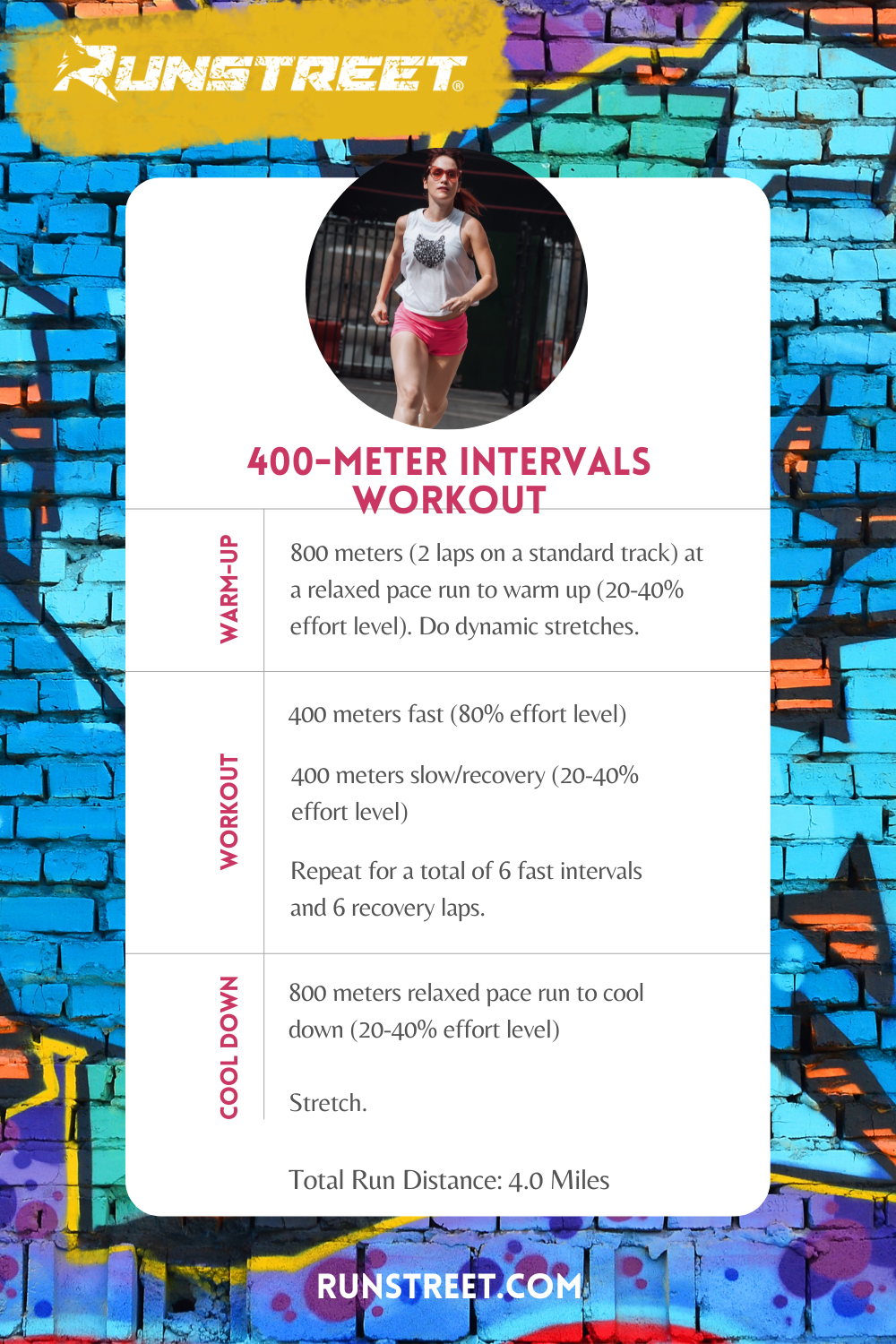Managing Usual Running Pains: Causes, Solutions, and Prevention
As runners, we typically run into numerous discomforts that can prevent our performance and satisfaction of this physical activity. By exploring the root factors for these operating pains, we can discover targeted options and preventative actions to make certain a smoother and extra satisfying running experience.
Typical Running Pain: Shin Splints
Shin splints, a common running discomfort, typically result from overuse or improper footwear throughout physical task. This problem, clinically referred to as medial tibial stress syndrome, shows up as discomfort along the inner edge of the shinbone (tibia) and prevails among professional athletes and joggers. The repeated tension on the shinbone and the tissues affixing the muscle mass to the bone results in inflammation and discomfort. Joggers who rapidly raise the strength or duration of their exercises, or those that have flat feet or inappropriate running strategies, are especially susceptible to shin splints.
To prevent shin splints, people need to gradually boost the strength of their workouts, wear proper shoes with proper arch support, and preserve adaptability and strength in the muscles bordering the shin. If shin splints do take place, first treatment includes rest, ice, compression, and altitude (RICE) In addition, incorporating low-impact activities like swimming or cycling can assist preserve cardio health and fitness while allowing the shins to heal. Consistent or serious situations might call for clinical evaluation and physical therapy for effective management.
Usual Running Discomfort: IT Band Disorder
Along with shin splints, one more common running pain that athletes often run into is IT Band Disorder, a problem brought on by inflammation of the iliotibial band that runs along the external upper leg and knee. IT Band Syndrome generally manifests as pain on the exterior of the knee, particularly during activities like running or cycling. The iliotibial band is a thick band of fascia that connects the aware of the shin, and when it comes to be inflamed or limited, it can massage against the thigh bone, leading to pain and pain.
Runners experiencing IT Band Disorder may notice a painful or hurting sensation on the external knee, which can aggravate with continued task. Aspects such as overuse, muscle mass imbalances, inappropriate running type, or poor workout can contribute to the growth of this condition. To avoid and relieve IT Band Syndrome, joggers must concentrate on extending and strengthening workouts for the hips and thighs, correct footwear, steady training progression, and resolving any type of biomechanical concerns that may be exacerbating the issue. Ignoring the signs of IT Band Syndrome can cause persistent problems and long term recovery times, stressing the significance of very early intervention and appropriate monitoring techniques.
Usual Running Pain: Plantar Fasciitis

Plantar Fasciitis can be connected to numerous variables such as overtraining, improper footwear, running on hard surfaces, or having high arcs or level feet. To prevent and reduce Plantar Fasciitis, runners can incorporate stretching workouts for the calf bones and plantar fascia, put on encouraging shoes, keep a healthy and balanced weight to minimize stress on the feet, and slowly enhance running intensity to avoid sudden stress on the plantar fascia. If symptoms linger, it is advised to get in touch with a medical care expert for appropriate diagnosis and treatment alternatives to attend to the condition efficiently.
Common Running Discomfort: Jogger's Knee
After resolving the challenges of Plantar Fasciitis, one more prevalent issue that runners usually face is Jogger's Knee, an usual running discomfort that can impede sports efficiency and cause discomfort throughout physical task. Jogger's Knee, also known as patellofemoral pain disorder, shows up as discomfort around or behind the kneecap. Joggers experiencing this discomfort might really feel a dull, aching pain while running, going up or down stairways, or after long term durations of resting.
Usual Running Pain: Achilles Tendonitis
Commonly afflicting runners, Achilles Tendonitis is an excruciating problem that influences the Achilles ligament, causing discomfort and potential limitations in physical activity. The Achilles tendon is a thick band of tissue that connects the calf muscles to the heel bone, essential for activities like running, jumping, and walking - Get More Info. Achilles Tendonitis usually develops because of overuse, incorrect shoes, insufficient extending, or abrupt rises in physical activity
Symptoms of Achilles Tendonitis include pain and tightness along the tendon, particularly in the morning or after periods of inactivity, swelling that aggravates with task, and perhaps bone stimulates in persistent situations. To protect against Achilles Tendonitis, it is vital to stretch properly before and after running, put on appropriate shoes with correct assistance, progressively boost the strength of exercise, and cross-train to decrease repetitive tension on the tendon. Therapy might entail rest, ice, compression, elevation (RICE protocol), physical therapy, orthotics, and in extreme instances, surgical treatment. Early intervention and proper care are crucial for taking care of Achilles Tendonitis effectively and protecting against long-lasting difficulties.
Conclusion

Comments on “The Ultimate Running Strategy Overview: Achieve Your Health And Fitness Goals”